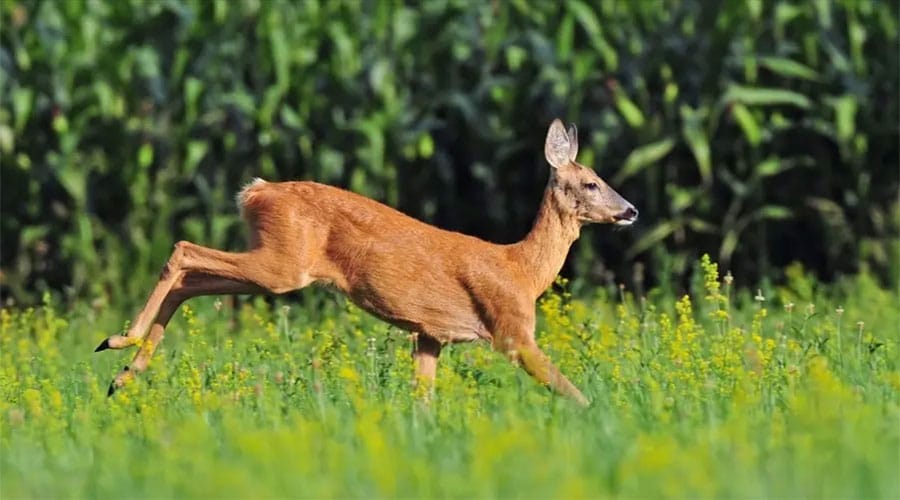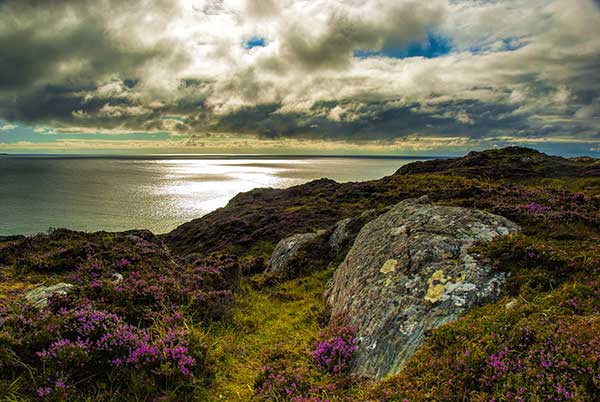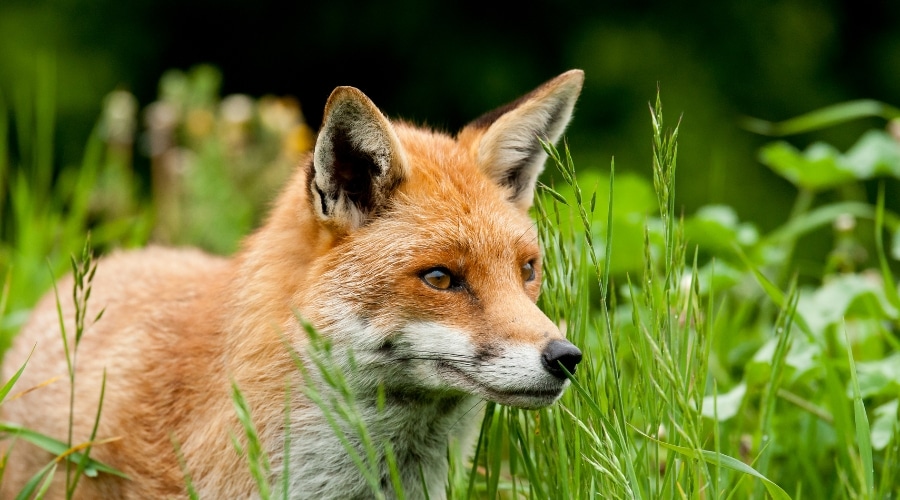
Defra launches England Deer Management Strategy consultation
The month-long consultation seeks views on recommendations to tackle the growing deer population in England.
Get information on the legal shooting season for mammals and birds in the UK.
Apply for funding for your project or make a donation today
Comprehensive information and advice from our specialist firearms team.
Everything you need to know about shotgun, rifle and airgun ammunition.
Find our up-to-date information, advice and links to government resources.
Everything you need to know on firearms law and licensing.
All the latest news and advice on general licences and how they affect you.

The stark impact of the pandemic on lowland deer management has been revealed by a new survey commissioned by the Lowland Deer Network Scotland (LDNS), supported by BASC.
The LDNS survey findings detailed a 40% reduction in the number of lowland deer culled in Scotland in 2020/21 compared to the previous year.
Following more than 100 responses, the survey found that roe deer accounted for the majority those culled. Red, fallow and sika deer also featured in the cull figures.
Decline due to travel restrictions
Both BASC and the LDNS attributed the decline in the deer cull to travel restrictions which were imposed as a result of the pandemic. Other factors at play included increased utility of the countryside by the public, and a slump in the demand for venison, also due to the impact of Covid.
The survey results indicated that the least impact was felt by deer managers living in the same local authority area as their stalking grounds. These community deer stalkers were able to cull 66.5% of the deer managed in the previous year. This was a far greater proportion than deer stalkers required to travel further afield.
Resilience is key
BASC and LDNS are using the findings to make the case for more community deer management in Scotland.
The figures returned by the survey support this move. In fact, recreational stalkers from outside Scotland shot just 18.4% of the number of deer culled in the previous year throughout the 2020/21 season. Cull numbers increased slightly for those travelling within Scotland to a stalking ground in a different local authority area, at 54.6%.
The survey findings will see LDNS and BASC press the need for resilience in future lowland deer management, in which local community involvement will be key.
Read the full press release here.
Need advice on deer management? Contact our deer team here.

The month-long consultation seeks views on recommendations to tackle the growing deer population in England.

The results from the BASC Scottish general licence survey have highlighted the scale of usage and their importance for economic prosperity.

Following the passing of the Hunting with Dogs (Scotland) Bill, read how the new legislation will affect shooting in Scotland.
Sign up to our weekly newsletter and get all the latest updates straight to your inbox.
© 2025 British Association for Shooting and Conservation. Registered Office: Marford Mill, Rossett, Wrexham, LL12 0HL – Registered Society No: 28488R. BASC is a trading name of the British Association for Shooting and Conservation Limited which is authorised and regulated by the Financial Conduct Authority (FCA) under firm reference number 311937.
BASC Direct Ltd is an Introducer Appointed Representative of Agria Pet Insurance Ltd who administer the insurance and is authorised and regulated by the Financial Conduct Authority, Financial Services Register Number 496160. Agria Pet Insurance is registered and incorporated in England and Wales with registered number 04258783. Registered office: First Floor, Blue Leanie, Walton Street, Aylesbury, Buckinghamshire, HP21 7QW. Agria insurance policies are underwritten by Agria Försäkring.
If you have any questions or complaints about your BASC membership insurance cover, please email us. More information about resolving complaints can be found on the FCA website or on the EU ODR platform.